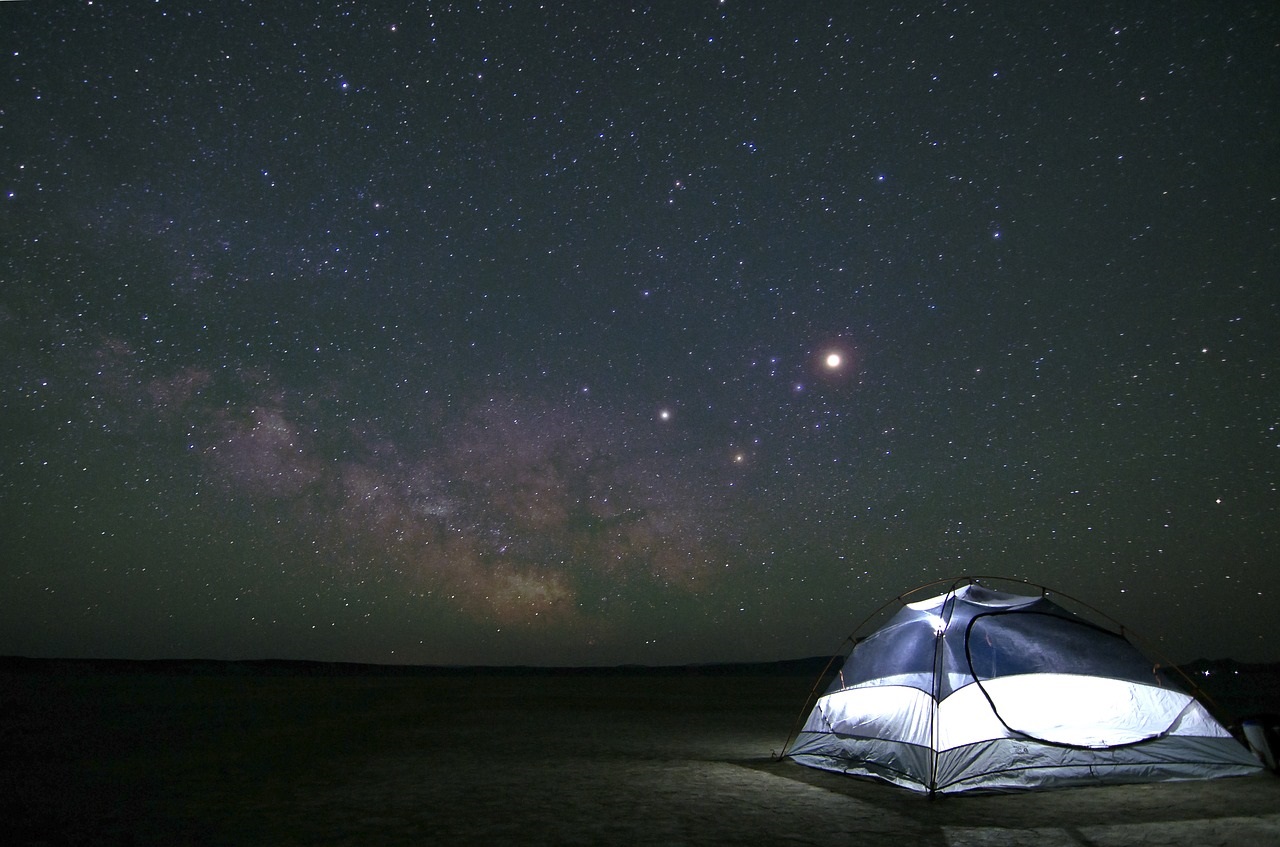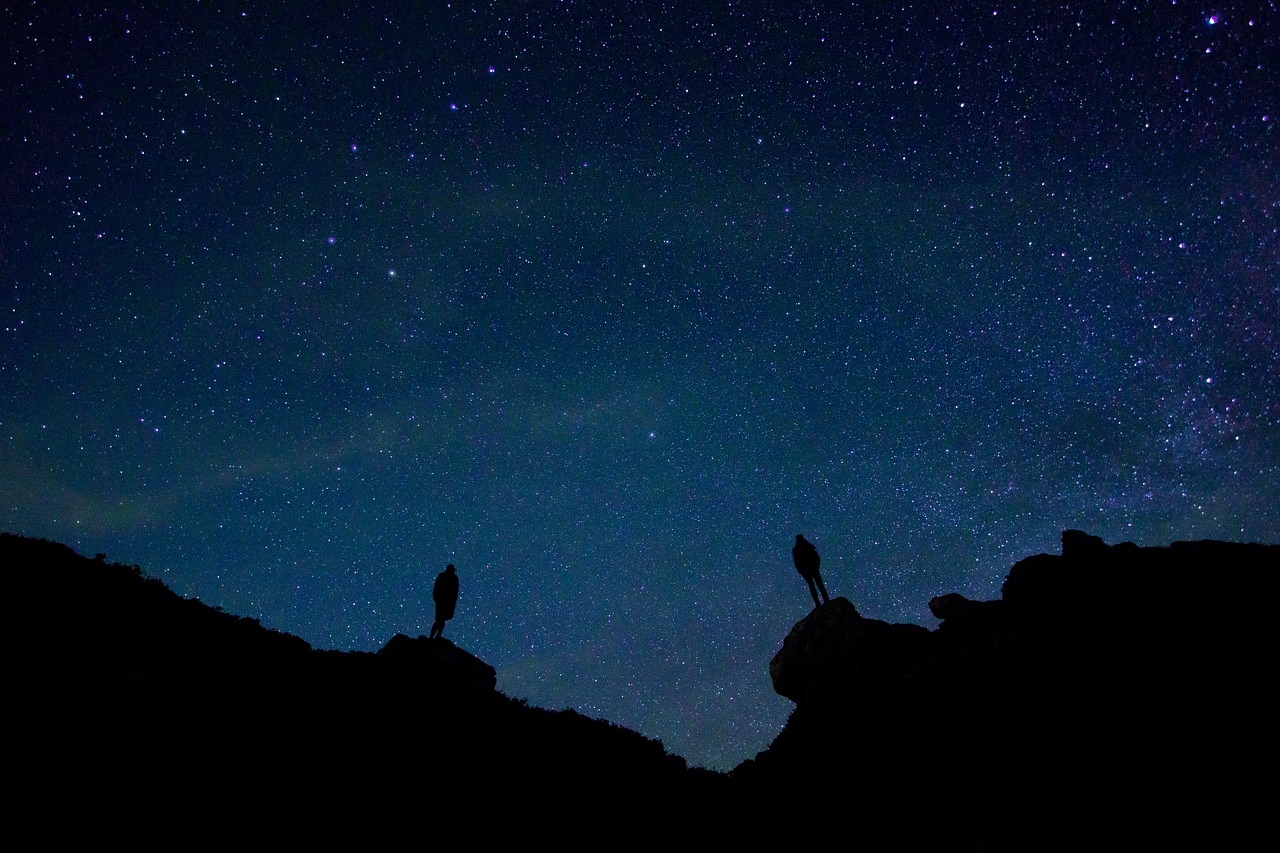Black holes are among the most fascinating and enigmatic objects in the universe, capturing the imagination of scientists and the public alike. These cosmic giants, with their immense gravitational pull, defy the very fabric of space and time, offering a glimpse into the extreme boundaries of physics. Understanding black holes is not just about comprehending their nature; it’s about unraveling the secrets of the universe itself.
Exploring the Phenomena of Black Holes
A black hole is a region in space where the gravitational force is so intense that nothing, not even light, can escape its pull. This overwhelming gravitational power stems from the black hole’s incredibly dense core, where a large amount of mass is packed into a tiny space. The boundary surrounding a black hole, known as the event horizon, marks the point of no return. Once anything crosses this threshold, it is inevitably drawn into the black hole, never to reappear.
There are several types of black holes, each varying in size and origin. Stellar black holes form from the remnants of massive stars that have ended their life cycles in a supernova explosion. On the other hand, supermassive black holes, millions to billions of times the mass of the Sun, reside at the centers of galaxies, including our own Milky Way. Their origin, however, remains one of the great unsolved mysteries of astrophysics.
Understanding how black holes affect their surroundings offers insights into the fundamental forces at play in the universe. Black holes can warp space-time, cause gravitational waves, and even influence the formation and evolution of galaxies. These phenomena make them not just cosmic oddities but key components in the structure of the universe.

The Formation and Evolution of Black Holes
The life of a black hole begins with the collapse of a massive star. When a star exhausts its nuclear fuel, its core can no longer counterbalance the force of gravity. This leads to a catastrophic implosion, resulting in a stellar black hole. The formation process is so powerful that it can outshine entire galaxies for a brief period, producing what is known as a supernova.
Supermassive black holes, in contrast, present a more complex puzzle. Their sheer size and presence in the early universe suggest they formed under different conditions. Some theories propose that they grew from smaller seed black holes through mergers and the accumulation of surrounding matter. Others suggest they formed directly from massive gas clouds in the primordial universe. Despite these theories, the exact mechanisms remain a topic of intense research and debate.
Once formed, black holes continue to evolve. They can grow by accreting matter from their surroundings, such as gas, dust, and even stars that venture too close. In some cases, black holes merge with one another, forming even larger black holes. These events are so powerful that they generate ripples in space-time known as gravitational waves, which were first directly detected in 2015, opening a new window into observing the cosmos.
The Event Horizon: the Point of No Return
The event horizon of a black hole represents the ultimate boundary. Anything that crosses this threshold is irrevocably consumed by the black hole. This region is not a physical surface but rather a conceptual boundary defined by the black hole’s gravitational pull. The closer an object gets to the event horizon, the stronger the gravitational pull becomes, leading to extreme gravitational time dilation where time appears to slow down.
Inside the event horizon lies the singularity, a point where the laws of physics as currently understood break down. The singularity represents a place of infinite density, where space and time cease to function in conventional ways. The nature of the singularity remains one of the biggest questions in theoretical physics, challenging our understanding of gravity, quantum mechanics, and the very fabric of reality.
To summarize the key concepts discussed :
- Black holes are regions in space with immense gravitational pull where nothing can escape, not even light.
- There are different types of black holes, including stellar and supermassive black holes.
- Black holes form from the collapse of massive stars or through complex processes involving gas clouds or mergers.
- The event horizon marks the boundary beyond which nothing can return, leading to a singularity where the laws of physics break down.
Black Holes and Their Influence on the Universe
Black holes are not just isolated phenomena; they have profound effects on their surroundings and play a significant role in the cosmic landscape. For instance, the presence of a black hole can influence the orbits of nearby stars and the dynamics of gas clouds. In galaxies, supermassive black holes can affect star formation and the distribution of matter, potentially shaping the overall structure of the galaxy.
One of the most dramatic interactions between a black hole and its environment occurs during the process of accretion. As matter spirals into a black hole, it forms an accretion disk, heating up and emitting intense radiation that can be observed across vast distances. This process is responsible for some of the brightest objects in the universe, known as quasars.
The Future of Black Hole Research
The study of black holes is still in its infancy, with many mysteries yet to be solved. Advances in technology, such as the Event Horizon Telescope, which captured the first image of a black hole in 2019, are beginning to shed light on these dark giants. Future research aims to uncover more about the nature of singularities, the formation of supermassive black holes, and their role in the evolution of the universe.
As our understanding of black holes deepens, they may provide answers to some of the most fundamental questions about the universe. These enigmatic objects continue to challenge and inspire, promising new discoveries and insights for generations to come.

